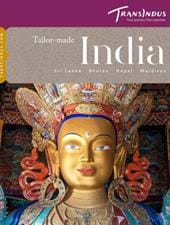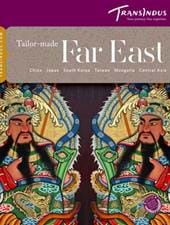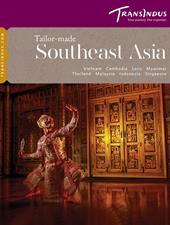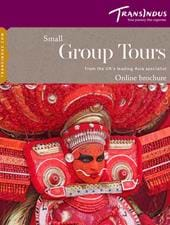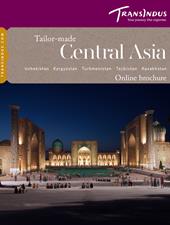Mongolia’s modern capital, Ulaanbaatar, started life in the 17th century as a peripatetic monastery encampment of shacks and yurts, which moved every few years to different sites around the confluence of the Tuul and Selbe Rivers. Fuelled by the so-called Kyakhta caravan trade between Russia and China, it eventually coalesced into a permanent city, expanding rapidly after Independence in 1990. Today, more than half the entire population of Mongolia lives within its confines, half of them in gers and little wooden shanty houses on the outskirts.
Historic monuments are thin on the ground here, though enough survive to make up a rewarding day’s sightseeing. Foremost among them: the Gandan Khiid monastery, which houses a sublime 26-metre, burnished copper statue of Avalokitesvara; the Winter Palace at Bogd Khan, a beautiful antique, Tibetan-style residence where the emperor used to pass the cold season; and the Choijin Lama Temple, former seat of the state Oracle.
For an expansive view over the capital and its wild environs, scale Zaisan Hill, on the south side of the city, where a USSR-funded war memorial surveys an impressive sweep of suburbs and steppe.

